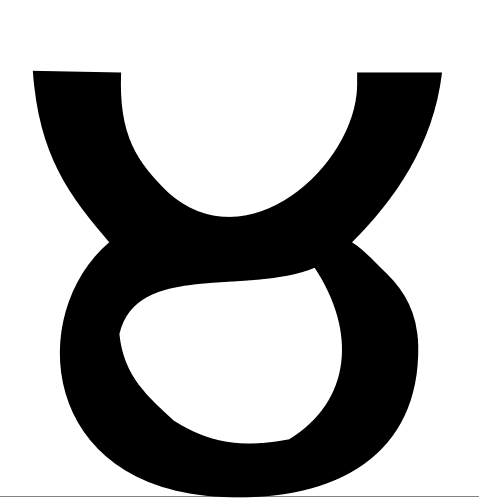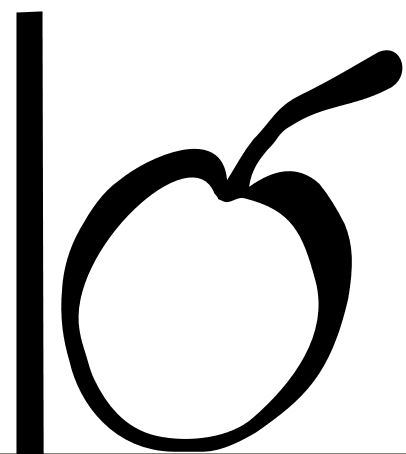
About umwero
Before inventing this alphabet, I was facing some challenges or problems in writing of Kinyarwanda language. First, I met those challenges when I was inspired to write some songs or poems in a completely different time. Like when I was saying R(u)G(u)WA for maybe RGWANDA I was writing it as R(u)w(A)for Rwanda, which is totally different in the way we speak it. Another example is the ligature TW. If you read gihekane as it is written, it will sound as T(u)WA because it is Ta+Wa. But in good spoken Kinyarwanda, we say T(u)K(u)WA for a word like UGU T(u)K(u)WI .There I found that in all ligatures (ibihekane) there is a missing sound.
One day after finishing my secondary study, I was in Nairobi, Kenya on vacation. I found that people there write “CH” where we write only “C” (but we say that sound the same way.) For example, in Swahili they write “changa moto”and we write “cana itara”. Also in the origin of that Latin letter C it sounds as “SI” or “se”.
In that case I found that the Latin alphabet cannot and will not fit any of the Bantu languages completely as they are pronounced.I found that the Bantu languages sound the same but are written in different ways because the Latin alphabet that we use which is not compatible with our sound speaking at all.
After my vacation, I returned home to study at the University of Rwanda in computer science, looking at those writing challenges I had faced before visiting Kenya and with those writing challenges I also faced in Kenya. At that time, I started to wish that the Bantu languages would have their writing system.
Back Since the days in 2014, writing of Kinyarwanda has been changed and that change has been a great problem for citizen. Also those changes were corrected in 2020 but all those conflicts and changes are because of Latinization of our language. Here I may say that it is wrong to assign one letter to different sounds. That is why I may say: those changes and their corrections are all wrong. For example, we assign letter K to Q[iya] for sounding Kigali as in icyibo. We assign K to K[ah] for sounding kanombe , so if you listen correctly, you may hear that there are different sounds. That is why they have to have different letters for each sound, I mean letter for Q[iya] and other for k[ah]. .
The reason behind all of this conflict and changes is in history. This is because we are taught to write Kinyarwanda by our colonizer who came to us without knowing our language. So, I would ask you as I always was asking myself, how can someone who doesn’t know to speak your language teach you to write your language? Mission impossible. That why my wish was to develop our own writing system.
In my research, I have found that the Kinyarwanda language is a language spoken by all Rwandan as an easily spoken language, but I found that it is very hard for all Rwandans to write it. Many Rwandans from primary to secondary are challenged by the Kinyarwanda script, especially in writing Kinyarwanda ligatures (ibihekane). But the problem is not only in IBIHEKANE but because we use a character of different sound as a sound of Kinyarwanda. For example, when we use letter C which sounds originally like si but we also use it as the sound cah in our language. We use vowel E which sound originally like ih but we use it as sound eh of our language. Also in latin alphabet, we write a certain sound as it in igihekane (ligature), but it is not. If you listen correctly, you may hear it as a single sound, I mean only 1 letter.
I have asked many people of different generation to please write for me IGIHEKANE shy (not only this, whic is a random example.) However, many of them fail and those who write as we studied start to think if what they think is correct or not. This means that they write it without confidence. Because we do not write as we speak. So if we could write as we speak, to write any character or IBIHEKANE will not be something complicated to think about.
If you listen on that SHY, it is only a single character, not combined characters or ligature<./p>
Because the protection of any culture is in its language and the protection of any language is in it writing, umwero is to protect our language as well as our culture.
![]()
Those are umwero font layout.
Umwero means a harvest time, so it is a harvest for us to raise our language from vanishing to protection and also it is the best step to strengthen our national identity.
Some umwero symbols are based on our culture. For example the letter for sound AH(a) looks like a cow’s head. As you know cows was one among the pillars of then ancient Rwanda kingdom Kalinga.


The artistic principle to develop each character was based on the middle joint of every glyph to connect them all; the calligraphy is based on like 7cm and the joint is located on third cm (joint is shown by that arrow shape).
Also, its equal sign punctuation represents the name of alphabet umwero.

IS A FRUIT TO SHOW THE HARVEST
Some umwero symbols contain a spiritual meaning and many others are just from my normal imagination based on that calligraphic and artistic principle of the joint and measures.
Example of pictured umwero written word which means “imana ndayikunda kuko niyo data”
![]()